Some war movies and even news channel clips of active warzones will show gunfire that lights up in the night. At a glance, it may look like lasers being fired. It’s like something from the Star Wars or Star Trek sagas. The bright “bullets” are called tracer rounds. Even though they look hi-tech or even sci-fi, the technology behind tracer rounds is not revolutionary. However, the benefit of their use can be extraordinary.
When it comes to the military, tracers provide a distinct advantage for those who utilize them with regards to aiming and positioning.
What Are Tracer Rounds?
To start, let’s answer the question of what are tracer rounds. Tracers are a special type of bullet with a small pyrotechnic charge or other luminescent material at the base. When fired, the powder material ignites and burns very brightly. The bullet leaves a trail you can see without the aid of weapon optics and especially at night.
The hollow base of the bullet typically contains a small amount of organic fuel, finely ground metallic fuel, and oxidizer. The oxidizer can include various components to achieve the desired color.
Another common question that comes up is, “How do tracer rounds work?”
When you fire a tracer, the metallic fuel (usually magnesium) ignites and burns the oxidizer (typically a strontium mixture.) The result is a bright, short flash of white light. The organic fuel is added chlorine to reduce the heat of the reaction from the metallic fuel and oxidizer. This ensures the white light doesn’t overpower the desired color of the tracer.
The organic fuel also helps prolong the reaction, which allows the bullet to give off light over a farther distance.
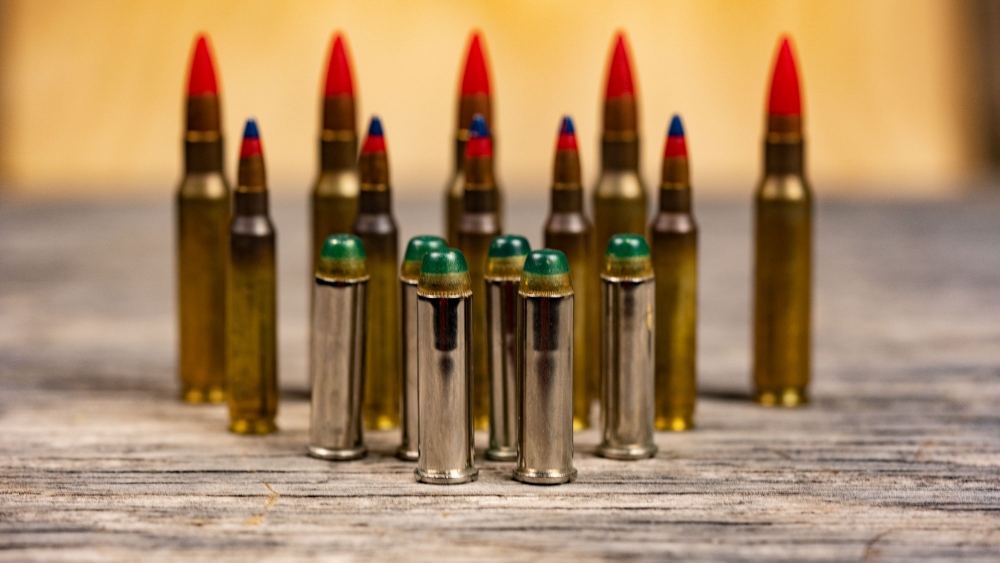
The History of Tracers
Prior to the introduction of tracer rounds, machine gunners and troops relied on visually seeing their ammunition impact the ground or near the target. They could then adjust their aim accordingly. As the effective distance of weapons and bullets increased, the need to adjust aiming quickly without waiting on the impact became vital for success.
The first iterations of tracers were developed in the early 20th century and were designed as “spotlight” bullets that flashed or created a puff of smoke on impact. However, the two major downsides of this design were that it proved useless when firing into the air at aircraft. It also violated the Hague Convention, which prohibit “exploding bullets.”
The next development involved a bullet with a smoke tail but that ultimately proved ineffective because the mass was lost in order to provide an effective smoke tail and the accuracy and power diminished. The UK was the first developed the contemporary tracer round design in 1915. The United States followed shortly after in 1917.
There are three types of modern tracers shooters use today. They include:
- Bright — These tracers burn immediately when fired, after leaving the muzzle of the weapon. The disadvantage to these tracers is that it gives away the shooters position.
- Subdued — These tracers begin to burn at full brightness usually after traveling at least one hundred yards in order to help protect the shooters’ position.
- Dim — Just as the name indicates, these types of tracers burn dimly but can easily be picked up by night vision optics.
Aside from military use, shooters often use tracers for recreation purposes and some types of hunting.
Are Tracer Rounds Legal?
For most of us, tracer rounds likely aren’t worth the hassle associated with them. Most people don’t realize that tracer rounds are regulated as “explosive materials” under federal law, and that the ATF has many special rules related to the purchase, sale, storage, and transportation of tracer rounds (including the requirement that both the buyer and seller of tracer rounds hold a federal explosives license or permit). This means you’re going to have to jump through a bunch of legal hoops and specialized record keeping in order to legally buy or sell them.
On top of the federal requirements, many individual states and municipal governments have other laws that pertain to tracer ammo too. So, what we’re basically saying is, “yeah, they are legal under certain conditions but if you’re getting your legal advice from an online blog like this, you probably don’t want to mess with them.”
Of course, even if you do have the legal ability to own tracers — Whether or not gun ranges allow them or hunting regulations ban them will vary case by case too. Typically, there are strict restrictions on tracer rounds due to increased fire danger. So, you might have tracers that you don’t have any place to fire them. What’s the point in that?
For all your ammunition needs from self-defense to competition rounds and everything in between, we have just what you need. We carry top brands like Remington, Hornady, Winchester, Federal, and many more, in various calibers to fill your ammunition needs.

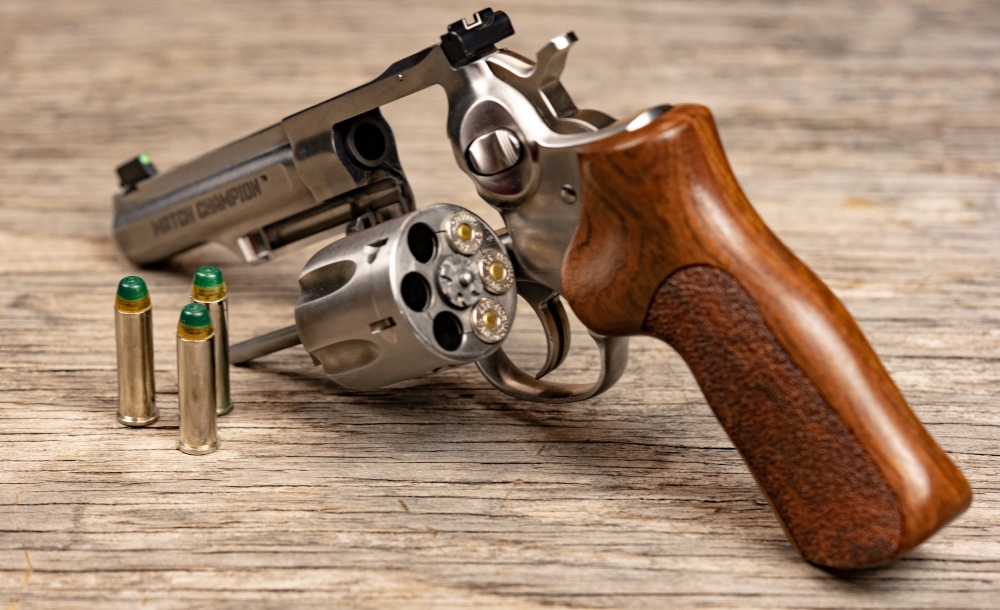
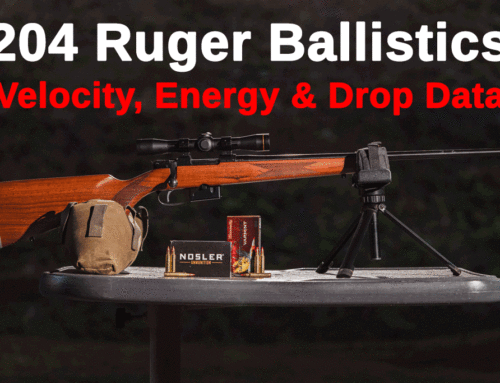
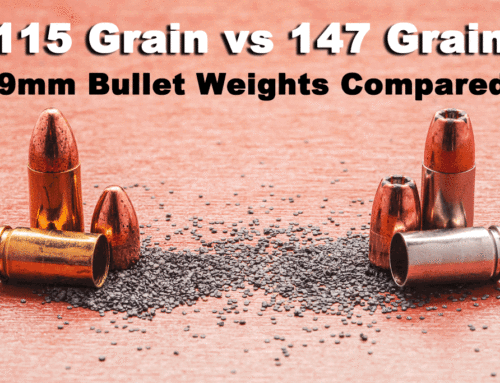
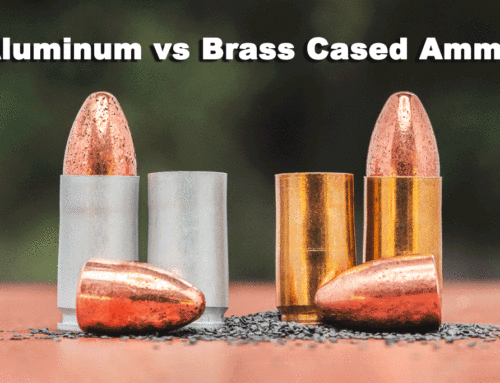
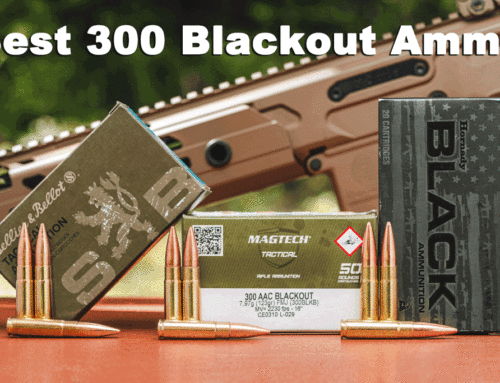
I buy tracer rounds quite often and I don’t have a “explosives license”
Hud, we’re trying to let readers know what the laws on the books say; If you have tracers, you should know what the laws are so you know the potential risks of ownership. I’m not saying the ATF will knock on your door but based on how the laws are written, they could. That risk, no matter how small, may mitigate any benefits to having the tracers in the first place. That’s an individual risk/reward calculation as far as I’m concerned.
I think the tracers that you need a license for is the (INCINDINARY) rounds. There are a lot of non-incindinary rounds that you can buy.
You can mail order tracers like any other ammo.
I can also buy cocaine on some street corners, that doesn’t make it legal.
lmao
I recently purchased some .308 tracer rounds with a red tip and when I put a magnet to them there’s a strong attraction. They came linked with standard ball ammo and they’re all made by the same manufacturer. They are Israeli surplus from 1974 with brass casing and copper fmj. Why would they be magnetic? I’ve never heard of a tracer with a steel core before…
Tracer rounds usually are AP rounds
FTA would make my butt illegal if they could. Sometimes it seems like a lethal weapon.
I have friends with backsides that have been declared weapons of mass destruction.
Could I have 22 caliber rounds shipped to my residence?
Hi Charles, it depends mostly on where you live. We ship to most states but there are certain cities (Chicago, Washington, D.C.) that we cannot ship to due to local laws.
This article is wrong. I’m an FFL and there are zero permits or license requirements to purchase, possess or use tracer ammunition. The writer correctly notes some municipalities ban them due to a fire risk. The ATF regulates tracer ammo as much as they regulate tannerite, which means they don’t.
We don’t like the law either Matt, but it is what it is. Here is the language directly from the ATF.
“Accordingly, .50 caliber or smaller rifle
ammunition containing only smokeless powder, primers,
and other items specifically listed as components of small
arms ammunition, is exempt from the Federal explosives
laws and regulations. In contrast, bullets containing other
pyrotechnic mixtures or high explosives (e.g., exploding ammunition, tracer ammunition, and “spotter” ammunition), do not meet the definition of “ammunition” under
27 CFR 555.11, and therefore are not exempt as small
arms ammunition.
Persons engaged in the business of manufacturing .50
caliber or smaller ammunition containing explosive
materials other than smokeless propellants or other listed
components designed for use in small arms must have a
license to manufacture explosive materials and abide by
all other requirements imposed on licensed explosives
manufacturers, unless subject to a separate exemption
identified under 18 U.S.C. §845 (e.g., manufacture by
the U.S. military). Likewise, persons acquiring such
ammunition must have a license or permit unless otherwise exempt (e.g., a government entity). Further, such
ammunition would be considered “ammunition” under
the Federal firearms laws, 18 U.S.C. 921(a)(17)(A), and
any such projectiles with more than ¼ oz. of explosive
or incendiary charge would be subject to the National
Firearms Act as “missiles,” 26 U.S.C. 5845(f)(1)(D).”
Hey, quick question where can we purchase the actual weapon for the tracer?
Most tracer rounds fire in standard firearms Mike. So, if you have .223 tracer rounds, you should be good to fire them in any .223 caliber rifle.
I Don think a 308 round carries a charge of 1/4 OZ of explosives does it??? It says a quarter once of explosive charge is subject to the law… Or did I read that wrong????